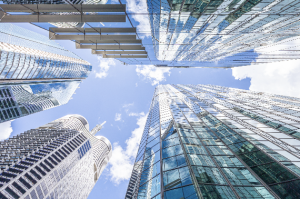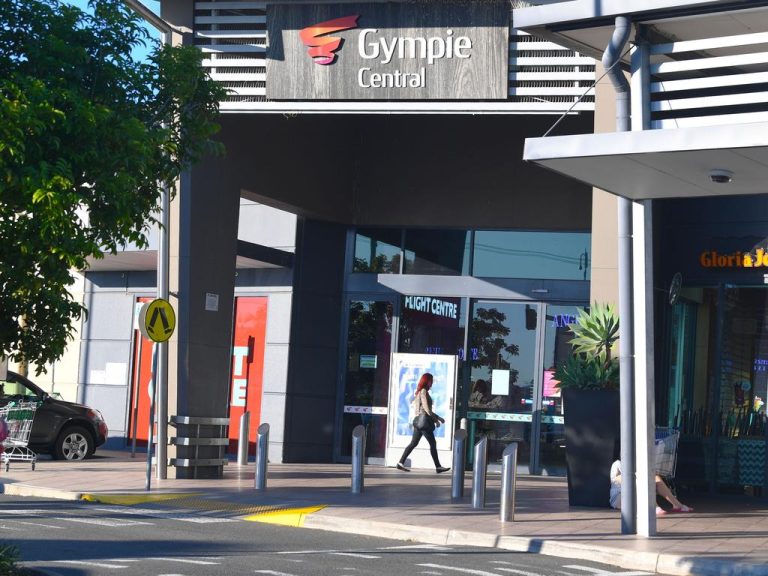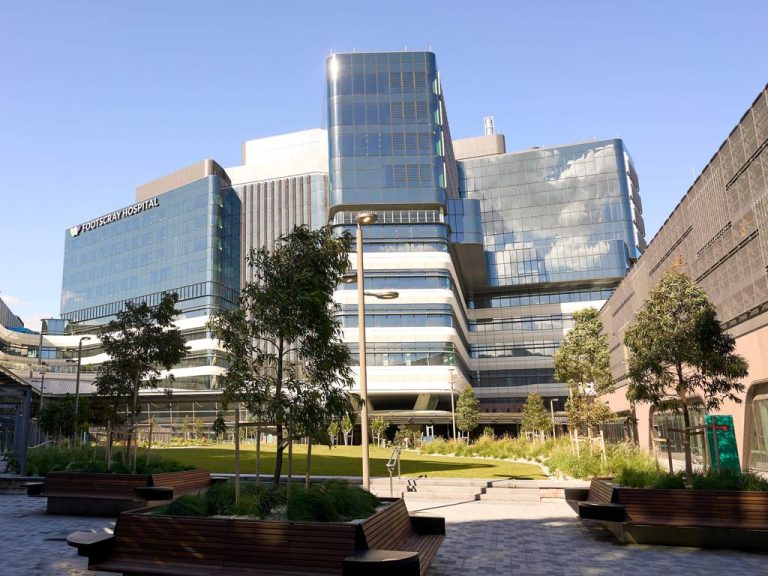Why is commercial property yield important for investors?

A commercial property yield is an indication of the income you’ll receive from your new property.
However, yields can differ widely between asset classes and locations.
Industry experts explain the ins and outs of this crucial element.
What is commercial property rental yield?
“Yield is a proxy for income return,” Knight Frank chief economist, Ben Burston, explained.
“It measures the amount of income return which an owner will earn on their commercial property.”
Calculating a property’s rental yield is also a great way to decide whether to invest in a certain type of commercial property, according to CBRE’s Kate Bailey.
“A rental tax yield is a measure of being able to judge your return,” the research director said.
How do I calculate property yield?
Rental property yields can be measured using a gross or net calculation.
How to calculate gross rental yield
To ascertain gross yield, divide your total annual rent by your property’s purchase price and then multiply this figure by 100.
As the name suggests, a net yield calculation takes into account the everyday extra expenses that a commercial property entails, such as repairs and maintenance, council rates and insurance.
Therefore, this calculation is slightly more complex.
You will need to add up all investor costs and expenses and subtract this figure from the total annual rent.
Divide this figure by your property’s value and then multiply it by 100.
How to calculate net rental yield
An even more accurate figure of your property’s earnings is its total return.
This is measured by adding its net yield – or income return – to its capital growth, Mr Burston explained.
However, capital growth is far more unpredictable than rental yields, he said.
“Capital growth takes place over time, varies according to different sectors, and is more unknown than income return,” he said.

There are several different ways to calculate your property rental yield. Picture: Getty
How do yields differ across asset classes and locations?
Mr Burston explained that overall, yields were generally lower in larger and more desirable investment locations, such as Sydney and Melbourne.
More experienced commercial investors, particularly those who have a total return figure in mind, will also look beyond basic gross yields to potential capital growth, he said.
“If people think capital growth is going to be quite strong, they’ll be prepared to accept a relatively low income yield,” he said
“On the other hand, if they don’t think there’s going to be all that much capital growth, they will generally want a higher income yield to get the same return.”
The average prime yields in CBD office markets range from 4.4% in Sydney, 4.6% in Melbourne and 5.5% in Brisbane to 6.3% in Perth, according to recent Knight Frank data.
In industrial markets, average prime yields in Sydney are 4.5% with yields of 4.8% in Melbourne and 5.3% in Brisbane.
Melbourne and Sydney’s larger populations and consistent property demand also ensured these cities’ attracted sharper, or lower, yields, Ms Bailey explained,
“This yield figure is factoring in the point that people are willing to pay more because there’s not a lot of risk in these areas,” Ms Bailey said.
According to CBRE Research’s end of 2021 forecast yields data, offices across Australia now offer rental yields of 4.4%-6.4%, with industrial assets inviting yields of 3.5%-5%.
Meanwhile, investors can enjoy yields of 5.5%-7.5% for large format retail properties.
What else should I consider when looking at property yields?

Yields are generally sharper, or lower, in large, desirable investment locations, such as Sydney and Melbourne. Picture: Getty
When considering a commercial property’s rental yields and capital growth, risk factor is particularly important.
“The more you’re willing to move up the risk curve, the better your yield could potentially be,” Ms Bailey explained.
Other risk factors to consider include a soon-to-end tenancy or a specific commercial sector experiencing uncertain futures, such as the current status of retail.
“Such sectors might have some disruptions so investors aren’t prepared to pay as much money for (them) as they would for something that they’re a little bit more certain about in the future,” Ms Bailey explained.







